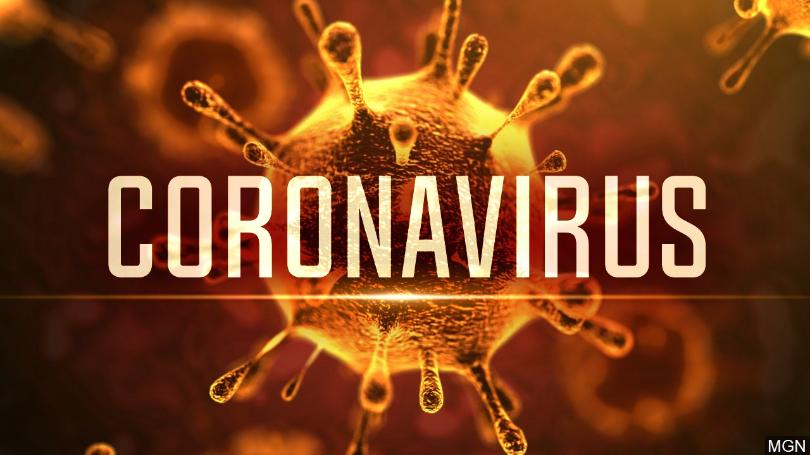The first of thousands of South African-designed ventilators rolled off a Cape Town assembly line on Friday, responding to requests from hospitals needing them for severe COVID-19 cases but unable to get them on global markets, officials said.

Poorly resourced hospitals across Africa, which is nearing a million cases of COVID-19 — more than half of them in South Africa — have struggled to cope with a burgeoning caseload amid a global scramble favouring richer nations in procuring ventilators and protective gear.
South Africa, which now has the world’s fifth-highest infection burden of around 482,169 confirmed cases, launched a 250 million rand ($14.80 million) project in April to make them here.
“Today the first batch of completed ventilators are coming off the assembly line, part of an initial order of 10,000 units,” Ebrahim Patel, the trade and industry minister, said during a COVID-19 conference.
He added that 20,000 would be built in total.
Based on the clinical experience of COVID-19 epicentres such as China, Britain and the United States, the government decided that the production of non-invasive Continuous Positive Airway Pressure (CPAP) devices would have the greatest chance of saving lives in South Africa, Patel said.
Ventilators are used to supply oxygen to the lungs of severely ill patients, who make up around 5% of overall cases.
Each CPAP device consists of some 30 separately manufactured components, he said, adding that final assembly currently takes place at the Cape Town factory of medical supplies firm Akacia Medical ahead of distribution to hospitals across the country.
“There is a worldwide shortage and extraordinary demand on some of the components,” Peter Brierley, operations director at Akacia Medical, told Reuters.
The company only this week managed to find a local machine shop able to make vital “peep valves” which help control the pressure in the device and allow the patient to exhale, he said.

